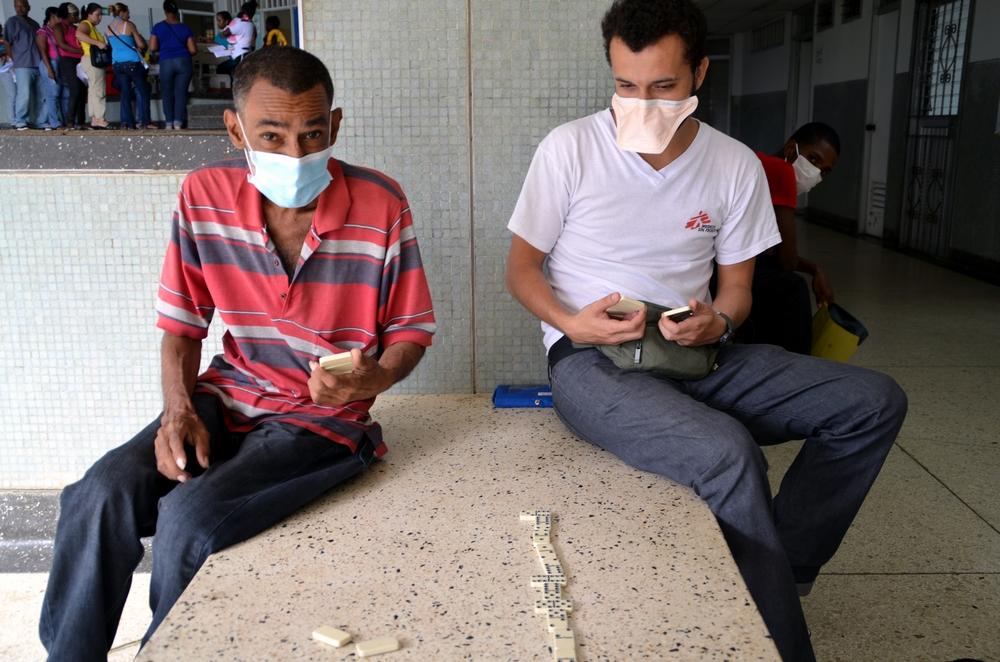
Tuberculosis
Tuberculosis (TB) is one of the world’s biggest global health crises. Killing 1.3 million people in 2022, TB is the world’s second deadliest infectious disease after COVID-19.
A third of the world's population currently carries the tuberculosis bacillus (TB), but this is a latent form of the disease that is asymptomatic and non-transmissible. Some people develop acute TB due to a deficient immune system. Every year, around nine million people develop the active form of TB, and 1.5 million die from it.
TB is transmitted through the air when infected people cough or sneeze. Not all infected people become ill, but 10% will develop the disease at some point in their lives.
Tuberculosis is caused by the bacterium mycobacterium tuberculosis, which is spread through the air when infected people cough or sneeze. The disease most often affects the lungs, but can infect any part of the body, including the bones and nervous system.
Our activities in 2024 :
People started on TB treatment
Obsolete treatments, the lack of an effective vaccine, and the lack of suitable diagnostic tools make it difficult to control the global TB epidemic. In 2022, 7.5 million people across 192 countries and areas were diagnosed with TB.
Some gains have been made in recent years; the first new TB drugs in half a century and the trial of a shorter course of treatment for drug-resistant TB. But the harsh reality remains - 10.6 million people fell sick with TB and 410,000 developed multidrug-resistant TB (MDR-TB) in 2022, which is much harder to treat. Only about one-third of people with DR-TB accessed treatment in 2021. The majority go undiagnosed and therefore untreated.
Symptoms
Symptoms include a persistent cough, fever, weight loss, chest pain and shortness of breath as death approaches. The incidence of tuberculosis is much higher in people living with HIV, and is a major cause of death among them.
Treatments
Treatment of uncomplicated tuberculosis takes a minimum of six months. When patients are resistant to the two most powerful first-line antibiotics (rifampicin and isoniazid), they are considered to have multidrug-resistant tuberculosis (MDR-TB). MDR-TB is not incurable, but the treatment required is particularly arduous. It lasts up to two years, with numerous side effects.
Extensively drug-resistant tuberculosis (XDR-TB) is diagnosed when resistance to second-line drugs is added to MDR-TB. Treatment options for XDR-TB are very limited. Two new molecules, bedaquiline and delamanide, have recently become available for patients who have run out of other options.

